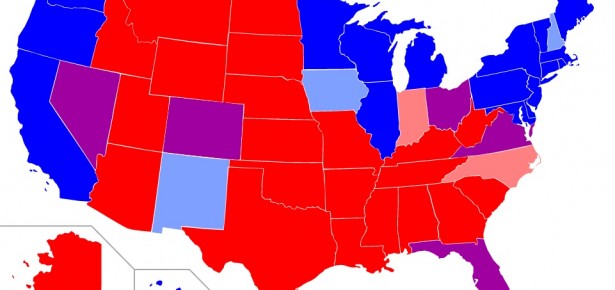
“The ideas of economists and political philosophers, both when they are right and when they are wrong, are more powerful than is commonly understood. Indeed the world is ruled by little else. Practical men, who believe themselves to be quite exempt from any intellectual influence, are usually the slaves of some defunct economist. Madmen in authority, who hear voices in the air, are distilling their frenzy from some academic scribbler of a few years back.”—John Maynard Keynes, “The General Theory of Employment, Interest, and Money” 1936
“First, the shaping of belief systems of any range into apparently logical wholes that are credible to large numbers of people is an act of creative synthesis characteristic of only a miniscule proportion of any population. Second, to the extent that multiple idea- elements of a belief system are socially diffused from such creative sources, they tend to be diffused as “packages,” which consumers come to see as “natural” wholes, for they are presented in such terms (“If you believe this, then you will also believe that, for it follows in such- and- such ways”).”—Philip Converse, “The Nature of Belief Systems in Mass Publics” 1964
Herbert Croly was not a man of action.
Croly’s life was spent thinking. In 1909, Croly published The Promise of American Life, in which he argued, in short, that a strong central government might intervene in the economy in ways that could improve the lot of disadvantaged citizens. This was a novel argument at the time, because many who saw themselves as on the side of disadvantaged farmers and workers had believed that government interventions usually helped business owners. It was an argument embraced by neither the Democrats nor the Republicans.
William F. Buckley was also not a man of action. In 1951, Buckley published God and Man at Yale , in which he argued that the curriculum at Yale University , and by extension the country at large, was being radically reworked by academics whose values were at odds with those of the Yale alumni. Specifically, these professors were undermining market individualism and religious faith. Buckley’s arguments , too, were not entirely embraced by either of the major political parties of his time.
Today, a century after Croly and a half- century after Buckley, these arguments are not only familiar; they are central to partisan conflict. Democrats agree with Croly that the government can and should be used to help the least well- off, through guaranteeing collective bargaining rights of union workers , ensuring more expansive health care, or creating a social safety net. Republicans, on the other hand, agree with Buckley both about the importance of the free market and religion and about the role of liberal intellectuals in squelching those values.
Croly and Buckley were men of ideas. It took the Democratic and Republican parties to put their ideas into action. How this happens is the principal subject of this book.
This book argues that ideology and party are independent things. Both are ways of organizing coalitions, telling political actors who is their ally and who is their enemy. But they do so in different ways. Ideology is created by “academic scribblers” and other men of ideas, whose “creative synthesis ” ties policy ideas into packages that we come to know as liberal or conservative or by some other name.
When those ideological packages become well organized, they can define a political coalition that can reshape political – party coalitions. Political parties are coalitions of interests, but they need not be the same coalitions defined by ideologies. The latter half of the twentieth century represents just such a case. The ideological divide between liberals and conservatives was not reflected in the partisan divide between Republicans and Democrats. The ideologies proscribed different coalitions than the parties did. As such, liberal and conservative activists pressured both parties to be more reflective of their ideological coalitions. In that case, after much conflict, the ideological coalition won out.
Although hardly the only important actors in that process, Herbert Croly and William F. Buckley are illustrative of many of the dynamics, and worth spending a little more time with.
Read the full excerpt here.
Latest Comments
Have your say!